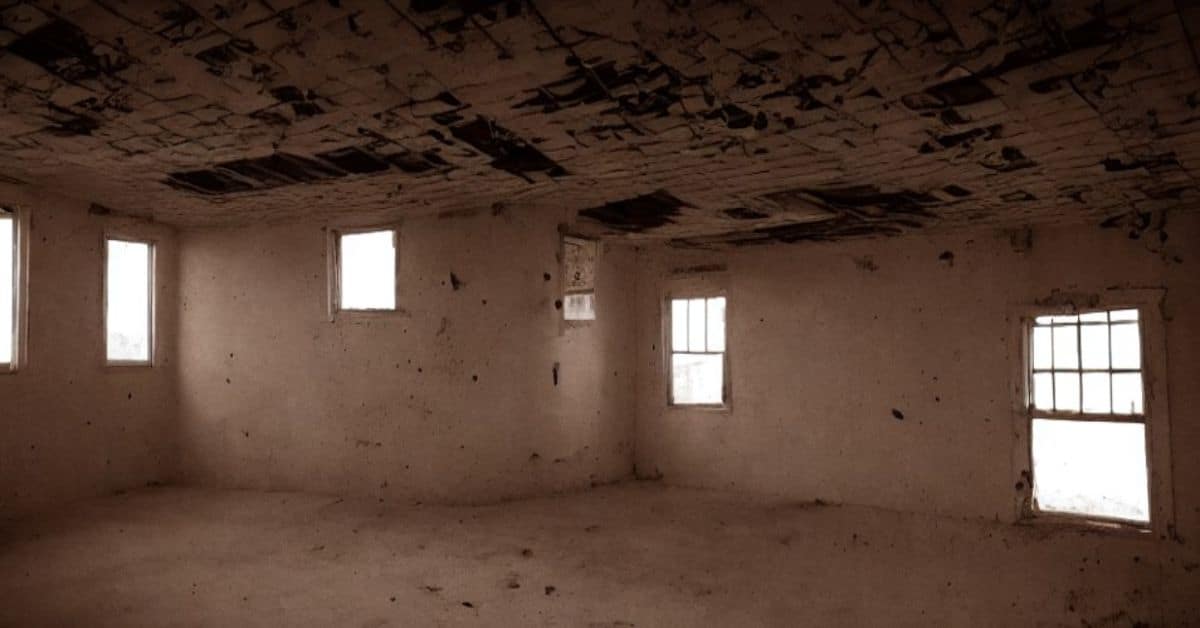Located in the heart of California’s desert landscape, Bagdad was once a thriving town that attracted travelers and locals with its unique attractions and services.
However, as the years went by, the town’s fortunes began to decline, and it eventually became a deserted ghost town, with its buildings and landmarks left to decay in the harsh desert climate.
Despite its abandonment, Bagdad’s legacy lives on through the remains of its past, which continue attracting visitors from all over the world who are curious to explore the town’s forgotten history.
From the last remains of its dance ballroom to the legendary Bagdad Cafe, the town’s remains offer a glimpse into a time long gone and a reminder of the fragility of human endeavors in the face of nature’s power.
In this article, we will delve into the history and remains of Bagdad, uncovering its forgotten legacy as a deserted ghost town in the heart of California’s desert landscape.
Key Takeaways
- Bagdad was once a thriving town in California’s desert landscape, but it eventually declined and was abandoned.
- Bagdad’s remaining remains hold significant historical and cultural value and offer a glimpse into a time long gone.
- Visitors can explore the remnants of the town and marvel at its intriguing history, including the legendary Bagdad Cafe and the cemetery.
- Although the future of Bagdad may be uncertain, it is essential to remember its historical significance and the importance of preserving our history and heritage.
Location and History
Located 20 miles west of Cadiz and 75 miles SE of Barstow, Bagdad was once a thriving desert town that played a significant role in the cultural and economic development of the region.
It boasted the only dance ballroom for miles, attracting visitors from far and wide.
Additionally, it was home to the legendary Bagdad Cafe, which gained worldwide fame after being featured in a popular movie in the 1980s.
However, despite its cultural significance, Bagdad experienced a steady economic decline, which eventually led to its abandonment. Today, all that remains of the once-thriving town are broken glass, a tree, desert shrubs, and building foundations.
The last buildings in Bagdad were demolished in 1991, leaving behind a ghost town that serves as a reminder of the town’s forgotten legacy.
Although there are no residents in Bagdad, visitors can still explore the remnants of the town and marvel at its intriguing history.
Remains and Attractions
The remnants of the once-thriving community of Bagdad, California include several abandoned structures that offer a glimpse into the past of this deserted town. Visitors can explore the remains of building foundations, broken glass, desert shrubs, a tree, and a sign that once marked the entrance to the town.
The most notable attraction in Bagdad was the Bagdad Cafe, which unfortunately met the same fate as the rest of the town’s buildings and was demolished in 1991.
Despite its current desolate state, Bagdad’s remains still offer an intriguing look into the past of this forgotten town. The cemetery provides a glimpse into the lives of the former residents, while the remaining structures offer a sense of the town’s layout and architecture.
Visitors can also enjoy the stunning desert landscape surrounding the town, which has remained unchanged since Bagdad’s heyday. While there may not be much left of the town, Bagdad’s remaining remains are a testament to its once-thriving community.
Population and Future Plans
Regarding the current state of Bagdad, no residents and plans for the area remain unclear. Despite being a ghost town, Bagdad still holds significant historical and cultural value.
Revitalization efforts may be possible in the future, but for now, Bagdad remains a forgotten legacy of the past.
To evoke emotion in the audience, it is important to consider the loss of community and culture that comes with a once-thriving town becoming abandoned and forgotten. Bagdad was once a place where people came together to dance, socialize, and build a community amid the desert. Now, the only remains are broken glass and building foundations.
It reminds us of the fleeting nature of human existence and the importance of preserving our history and heritage. While the future of Bagdad may be uncertain, it is essential to remember its historical significance and its impact on the people who once called it home.
Frequently Asked Questions
What caused the decline of Bagdad as a thriving town?
Bagdad’s decline as a thriving town can be attributed to economic factors, including the closure of nearby mines and railroads and social changes such as population shifts and cultural shifts that affected the town’s fortunes.
Are there any plans to restore or preserve the remaining structures in Bagdad?
Restoration efforts and historical preservation plans for the remaining structures in Bagdad are currently unknown. With no residents and the last buildings demolished in 1991, the town’s remains consist of a sign, cemetery, broken glass, a tree, desert shrubs, and building foundations.
Has Bagdad been featured in any notable films or television shows?
Bagdad’s cultural impact includes its appearance in the film “Bagdad Cafe” (1987). The town’s abandoned buildings and desert surroundings have been used as a backdrop for several other movies, such as “The Hitcher” (1986) and “Holes” (2003).
Are there any notable figures or events associated with Bagdad’s history?
Bagdad’s notable figures and events include the discovery of silver in 1883, the founding of the Bagdad Chase Mine, and the establishment of the Bagdad Cafe. The town was historically significant as a transportation hub and mining center.
What is the significance of the Bagdad Cafe in the town’s history?
The Bagdad Cafe was a legendary landmark in the once-thriving desert town of Bagdad, California. It became a popular stop for tourists during the Route 66 revival and had potential to boost the town’s tourism industry.



